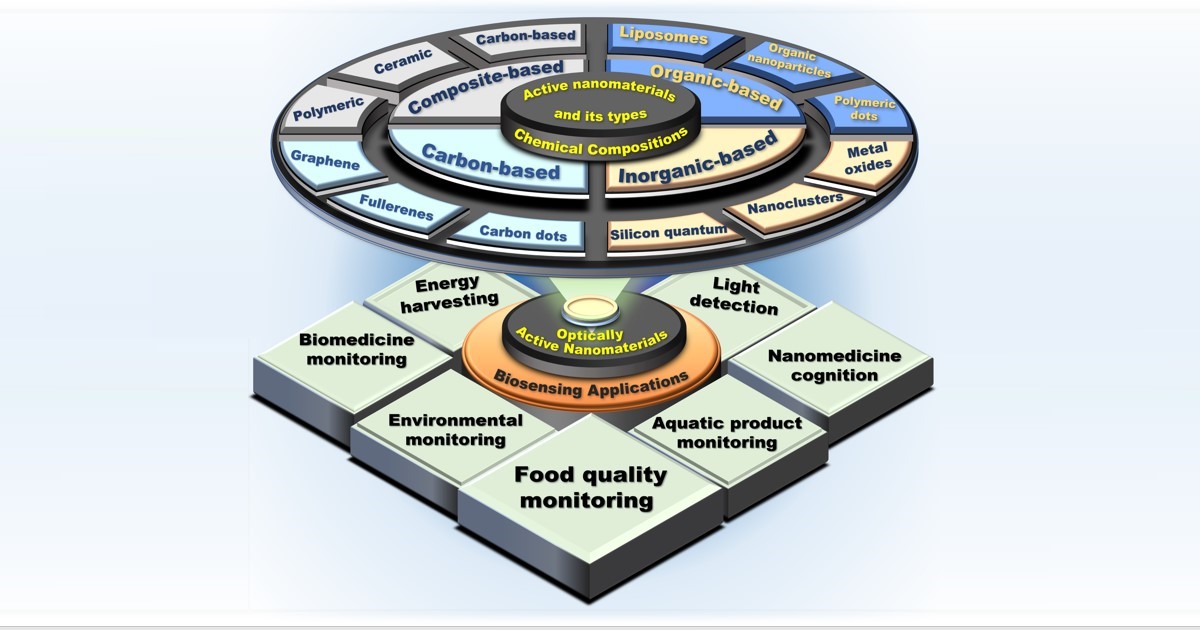Nanomaterials: Theranostic Approach to Combat Oxidative Stress-Mediated Diseases
A special issue of Materials (ISSN 1996-1944). This special issue belongs to the section "Advanced Nanomaterials and Nanotechnology".
Deadline for manuscript submissions: closed (20 June 2023) | Viewed by 869

Special Issue Editors
Interests: nanoaterials synthesis and characterization; optical sensors; surface plasmon resonance sensors; biophysics, nanotechnolgy & nanoscience; nanomaterials; biomaterials; biological nanodevices; bionanophotonics and biosensors; bioelectronics
Special Issues, Collections and Topics in MDPI journals
Interests: photonics; optics for aerospace; optical sensors; optical devices; machine learning for optics
Special Issues, Collections and Topics in MDPI journals
Interests: nanomaterials synthesis and characterisation; biosensing; molecular biology; environmental biology; immunology; structural biology; bioinformatics and drug designing
Special Issues, Collections and Topics in MDPI journals
Special Issue Information
Dear Colleagues,
Nanomedicine is advancing at a breakneck pace in the current environment. The value of nanomaterials in medicine has increased exponentially as their size has decreased. Their applications range from antibacterial nanosilver (which is used in everything from socks to mobile phones) to the early detection and treatment of a variety of life-threatening diseases, including cancer, cardiovascular disease, neurodegenerative disease, asthma, and infectious and inflammatory diseases. Due to its ability to meet a variety of criteria and overcome the limitations of natural enzymes, conventional imaging, and drug delivery systems, nanotechnology is gradually gaining popularity as an imaging agent and drug delivery technology. Numerous therapeutic carriers based on nanoparticles have been successfully investigated in recent years, including emulsions, liposomes, micelles, organic and inorganic micro- and nanoparticle systems, hydrogels, and dendrimers. These structures can be modified to incorporate multiple tags (stimuli-responsive nanomaterials, chromophores, etc.) and drugs, allowing for their simultaneous use as a therapeutic agent and imaging/cell trafficking. Additionally, nanomedicine has the potential to usher in a new era of personalized medicine when combined with genomic tailoring. Additionally, research is being conducted on intelligent nano-artificial devices for integration into the body and personalized drug delivery. The current Special Issue highlights the breadth of nanotechnology applications in various biomedical fields, including in targeted drug delivery, bioimaging, and therapy.
Dr. Santosh Kumar
Dr. Carlos Marques
Guest Editors
Dr. Ragini Singh
Guest Editor Assistant
Manuscript Submission Information
Manuscripts should be submitted online at www.mdpi.com by registering and logging in to this website. Once you are registered, click here to go to the submission form. Manuscripts can be submitted until the deadline. All submissions that pass pre-check are peer-reviewed. Accepted papers will be published continuously in the journal (as soon as accepted) and will be listed together on the special issue website. Research articles, review articles as well as short communications are invited. For planned papers, a title and short abstract (about 100 words) can be sent to the Editorial Office for announcement on this website.
Submitted manuscripts should not have been published previously, nor be under consideration for publication elsewhere (except conference proceedings papers). All manuscripts are thoroughly refereed through a single-blind peer-review process. A guide for authors and other relevant information for submission of manuscripts is available on the Instructions for Authors page. Materials is an international peer-reviewed open access semimonthly journal published by MDPI.
Please visit the Instructions for Authors page before submitting a manuscript. The Article Processing Charge (APC) for publication in this open access journal is 2600 CHF (Swiss Francs). Submitted papers should be well formatted and use good English. Authors may use MDPI's English editing service prior to publication or during author revisions.
Keywords
- nanomaterials
- nanomedicine
- personalized medicine
- therapeutics
- targeted delivery
- imaging
- nano-artificial devices
- stimuli-responsive nanomaterials
- biochemistry & molecular biology
- bioelectronics
- biological nanodevices
- biomaterials
- biomedical devices
- biomedical engineering
- biomedical instrumentation
- biomolecular engineering
- bionanophotonics & biosensors
- biophysics
Benefits of Publishing in a Special Issue
- Ease of navigation: Grouping papers by topic helps scholars navigate broad scope journals more efficiently.
- Greater discoverability: Special Issues support the reach and impact of scientific research. Articles in Special Issues are more discoverable and cited more frequently.
- Expansion of research network: Special Issues facilitate connections among authors, fostering scientific collaborations.
- External promotion: Articles in Special Issues are often promoted through the journal's social media, increasing their visibility.
- e-Book format: Special Issues with more than 10 articles can be published as dedicated e-books, ensuring wide and rapid dissemination.
Further information on MDPI's Special Issue polices can be found here.








